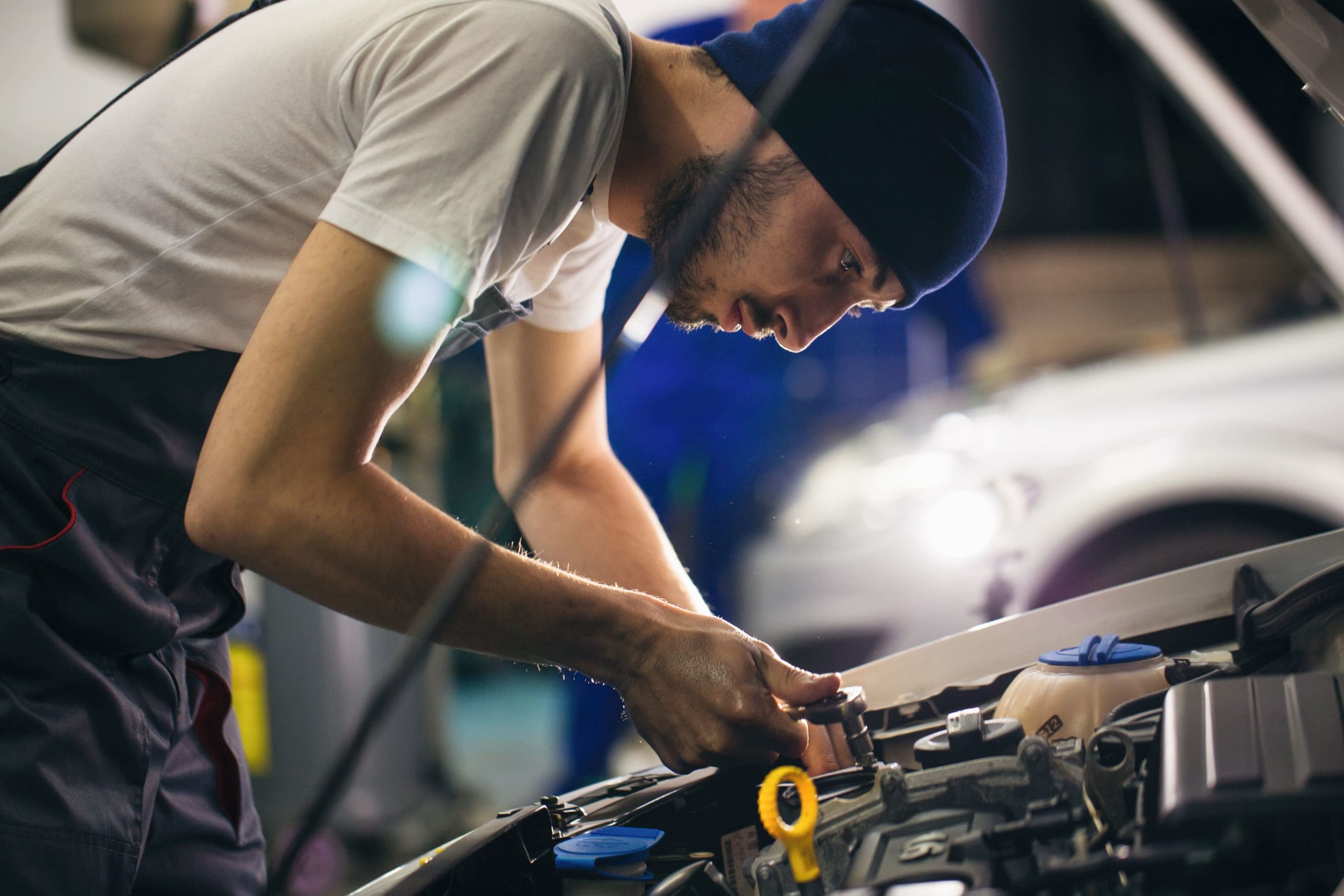What is overspeeding?
Turbochargers are engineered to rotate at just the right speed for the application they fit – this can be upwards of 300,000 revs per minute, at temperatures close to 1,000°C. However, if there are any issues in the system, for example cracks, leaks or restrictions, the turbo will have to work much harder, and therefore spin faster, to deliver the air it needs to achieve the required boost, pushing the unit beyond its safe operating limits. This can cause the turbo to spin out of balance and damage the turbine or compressor wheels and bearings. Overtime, it can also overboost the engine, resulting in severe damage to its internal components, and sometimes complete engine failure.
What are the causes of overspeeding?
Anything which requires the turbo to work harder, whether by choice or issues in the system, can cause overspeeding. This includes:
- any leaks, cracks or poor seals between the compressor and the engine – for example a worn shaft piston ring seal
- poor combustion – incorrect air and fuel mix
- non dealer engine modifications including chipping/remapping
- a torn or completely detached air hose and/or restrictions in air intake filter or pipe work impacting the flow of air to the turbo
- split or damaged intercooler lines resulting in a loss of pressure and a boost leak
- worn fuel injectors allowing excessive fuel to be injected
- fitting the incorrect turbo
- restrictions in the wastegate or VNT mechanism causing it to stay closed at higher boost settings
- loss of signal to the REA (Rotary Electronic Actuator) SREA (Simple Rotary Electronic Actuator) for the VNT control
What are the signs of overspeeding?
Unfortunately, some of the symptoms of overspeeding are characteristic of other more common issues, making it trickier to diagnose from the start. Signs to look out for include:
- pitting or rippling marks on the back of the compressor wheel, otherwise known as the ‘orange peel’ effect, caused by the continual flexing of the material due to excessive centrifugal forces

- scoring to shaft journal surfaces and journal bearings – this is subsequent damage and often mistaken for oil contamination
- staining/discolouration of parts as a result of oxidation or increased heat – can be misdiagnosed as oil starvation
- engine running rich or lean due to disrupted or incorrect air-fuel ratio
- check engine light illuminated – if the boost leak is severe enough, the ECU might put the vehicle into ‘limp home’ mode
- noticeable lag in acceleration because of the boost leak
- whistling or whining noises due to leaks in the air supply or air charge system
- a snapped shaft due to the warped wheel rubbing against the housing – the break up of components can cause foreign object failure
- similarly, fatigue fractures to/breakage of inducer blades
- premature wear to turbo seals/bearings
How to prevent overspeeding?
The risk of overspeeding can be mitigated, by following some simple advice:
- avoid non-approved chipping or over-fuelling – any engine modifications should be performed by a specialist
- only ever fit the right turbo for the application
- check the entire air intake system including the air filter, hose and pipework, for leaks or wear that may restrict air flow – replace parts as needed
- inspect the intercooler lines for any wear or tear, and replace as appropriate
- check the seals are in good order – replace if needed
- ensure the wastegate or VNT mechanism is operating freely and is calibrated to OE specification
- check the electronic sensors and ECU are operating correctly
- only use engine oils as specified by the vehicle or engine manufacturer

Whilst this may add additional expense to your customer’s bill, it is far more cost and time-effective than having to fit another turbo, and potentially an engine, when they return with the same issue soon after. So, remember to always diagnose and fix what caused the original unit to fail, before fitting a new turbo.



